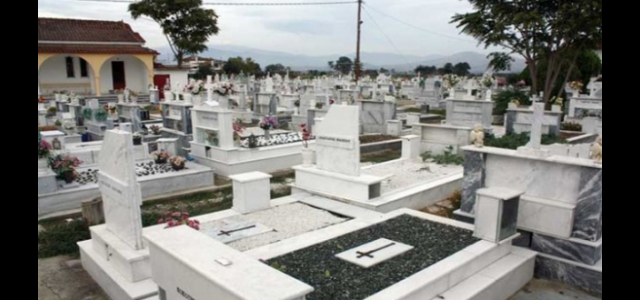
The unresolved issue of mass graves of babies has made Kaliopi Spanou, Ombudsman in Athens, file a complaint against the administration of Athens cemetery. In 2008, the Ombudsman had prepared a special report on the status and management of the cemetery, but nothing had been done until recently to improve the situation as reported by Greek media. Five years ago, Spanou paid particular attention to the mass burial of babies by cemetery authorities.
She was aware of the problem after the parents of a deceased baby informed that the Athens municipal cemetery authorities had refused to perform the exhumation of the remains of their child. The inspection has made it clear that the cemetery authorities bury all remains of babies in a common grave and cannot carry out the exhumation of a specific child because they do not know to which child the remains belong.
In 2009, the Ministry of Health issued a decree stipulating that deceased babies should be treated like deceased adults and that there should be a separate grave/urn for each of them, indicating the child’s name and surname. "The bodies of babies should be buried separately with all the identifying marks provided by the law for adults, after the issuance of a personalized registration," stipulates the ministerial decree.
The Ombudsman's inspection shows that not only has the right of individual burial been violated but also that the legal procedures as regards the issuance of a permit for a burial place where the remains of the small bodies can be laid have not been met. The investigation of the particular case of which Spanou had been informed found the remains of the buried baby but their exhumation was impossible because the remains of other buried babies would have been removed as well.
The supervising authority has made strict recommendations as regards the procedures which henceforth are to be applied. The municipal services have accepted these observations and the official information indicates that this practice will be over. It is not yet clear whether the municipal cemetery in Athens will suffer some sort of punishment for the creation of unregulated mass graves of babies.
Friday 28 June 2013
http://www.grreporter.info/en/mass_graves_babies_scandalize_greece/9502




